Week Ending February 21, 2016
/Perhaps a bit of a slowdown in the quantity of rarity finds occurred over the last week, but, the quality of bird sightings remained high! On Monday morning, we were treated to another 2” of snow on the ground as it had fallen overnight while most of us slept. The snow did not seem to detour the Cape May Warbler that has been visiting the feeders of one Loretta Silvia, having been present now since 20 Jan according to eBird. On Tuesday, the snow had all melted away, but it left behind one incredible bird just outside Virginia Beach, over in the Pughsville/Shoulders Hill area of Suffolk. For the first time since 1975, a Lazuli Bunting was observed, and photographed by a homeowner (Brooke Gordon) as it fed in her backyard throughout the day. When the eBird report popped up, showing beautiful photographs, it wasn’t long before the whole trove of state birders knew about it. Many birders made a trip to the house on Wednesday in an attempt to observe this highly rare species within state borders, but it never made a return, even though it was being watched for from sun up to sun down. This is only the third record of the species for the state, so hopefully it will submitted to VARCOM by the observer, as it is a reviewable bird by the committee’s standards. Back in Virginia Beach, the Rose-breasted Grosbeak continued to be seen by Tommy Maloney through Saturday, and the Lark Sparrow at Back Bay NWR stayed all the way through the week as well, giving some nice views to some folks who had seen it prior, and some who hadn’t yet made the attempt; it has now been present for two full weeks in the same area. On Saturday, I was excited to finally put eyes on the Eurasian Wigeon drake that has been a winter resident of Wishart Lake, and was reported to our local newspaper (The Virginian Pilot) by homeowner, Keith Sutton in early February. Quite a few individuals were able to view the bird from Battle Royal Court, and from Kings Way Drive to the northeast. For this particular individual, it is a matter of timing, given that the lake is surrounded by private residences, one must have a little luck that the bird will be in the proper place to be in view from the public roadways in the neighborhood. A last spot to attempt from is the sidewalk on the south side of Wishart Road, just east of the historic Lynnhaven House which provides a narrow view northward onto the lake.
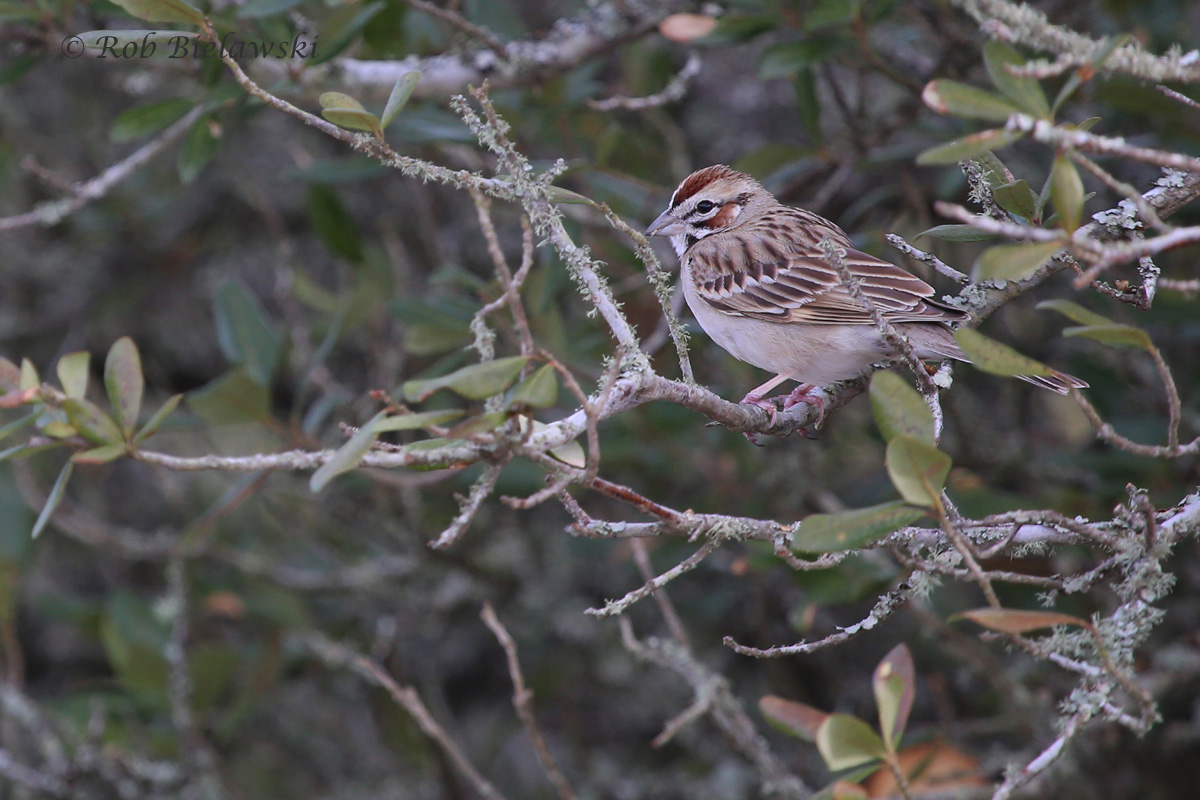
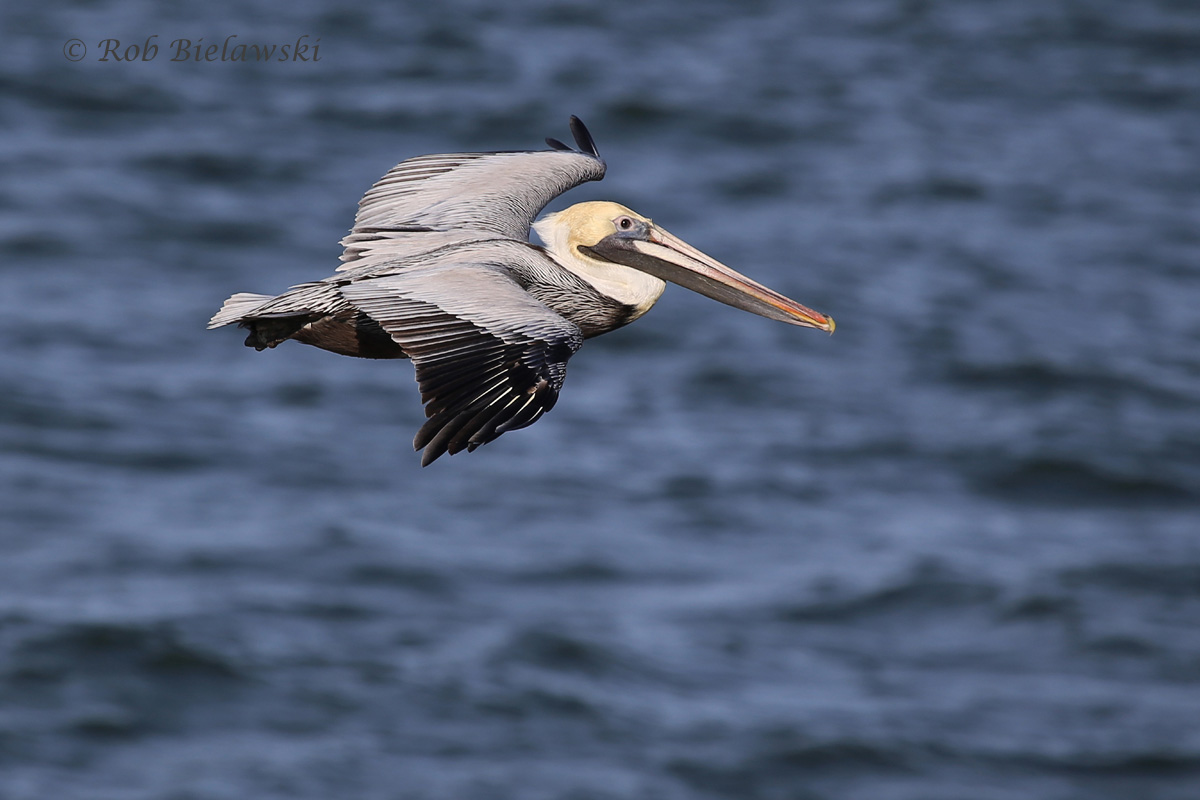


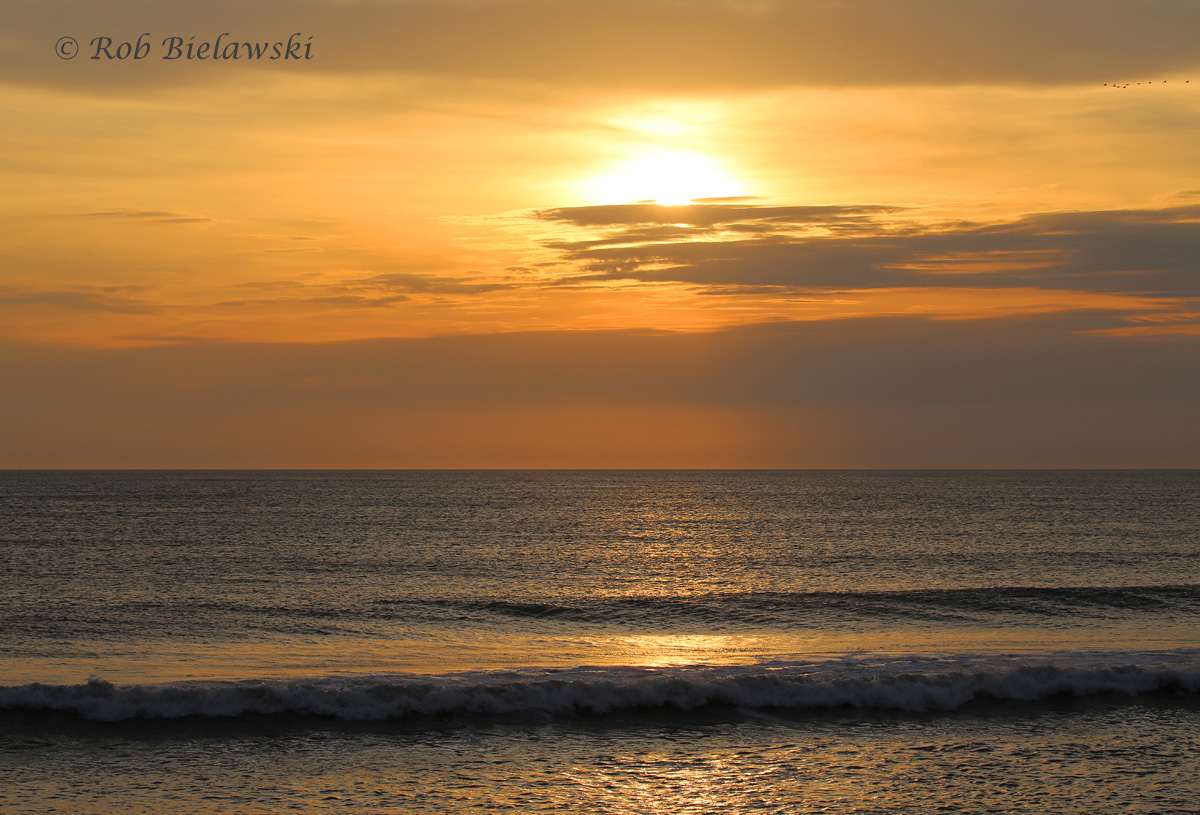
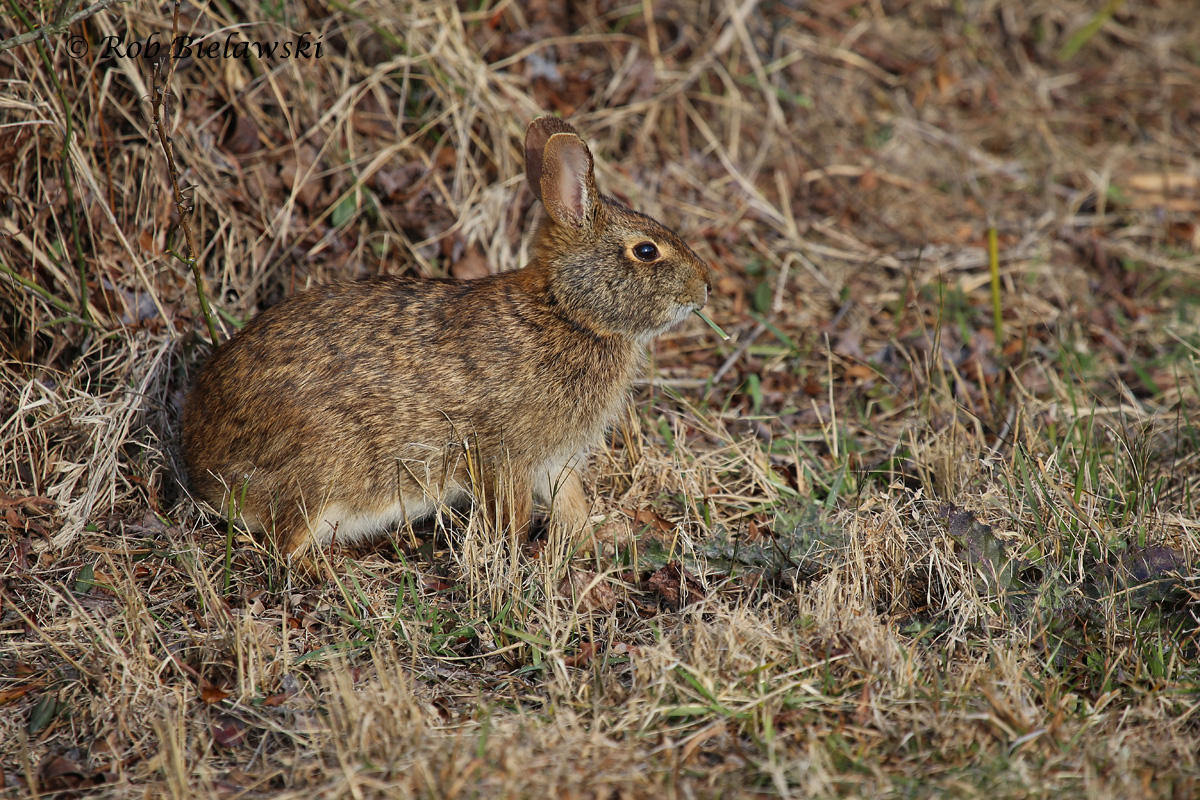
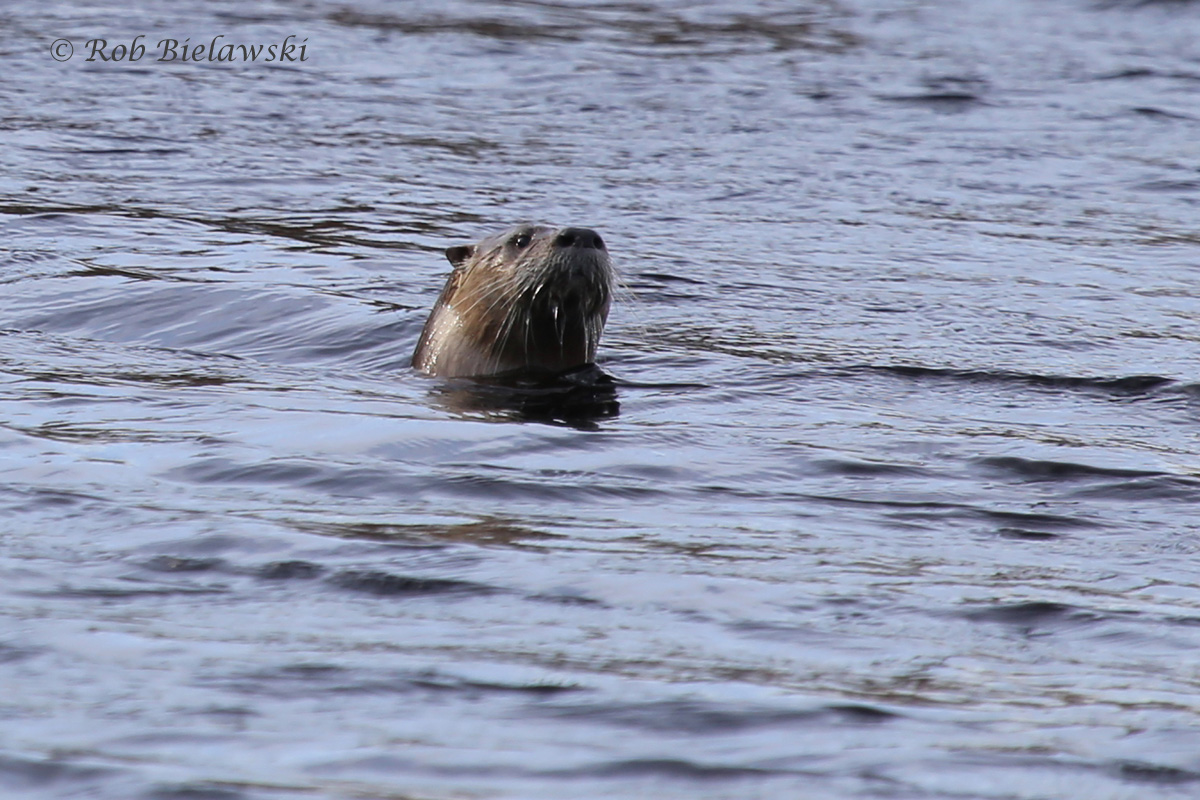
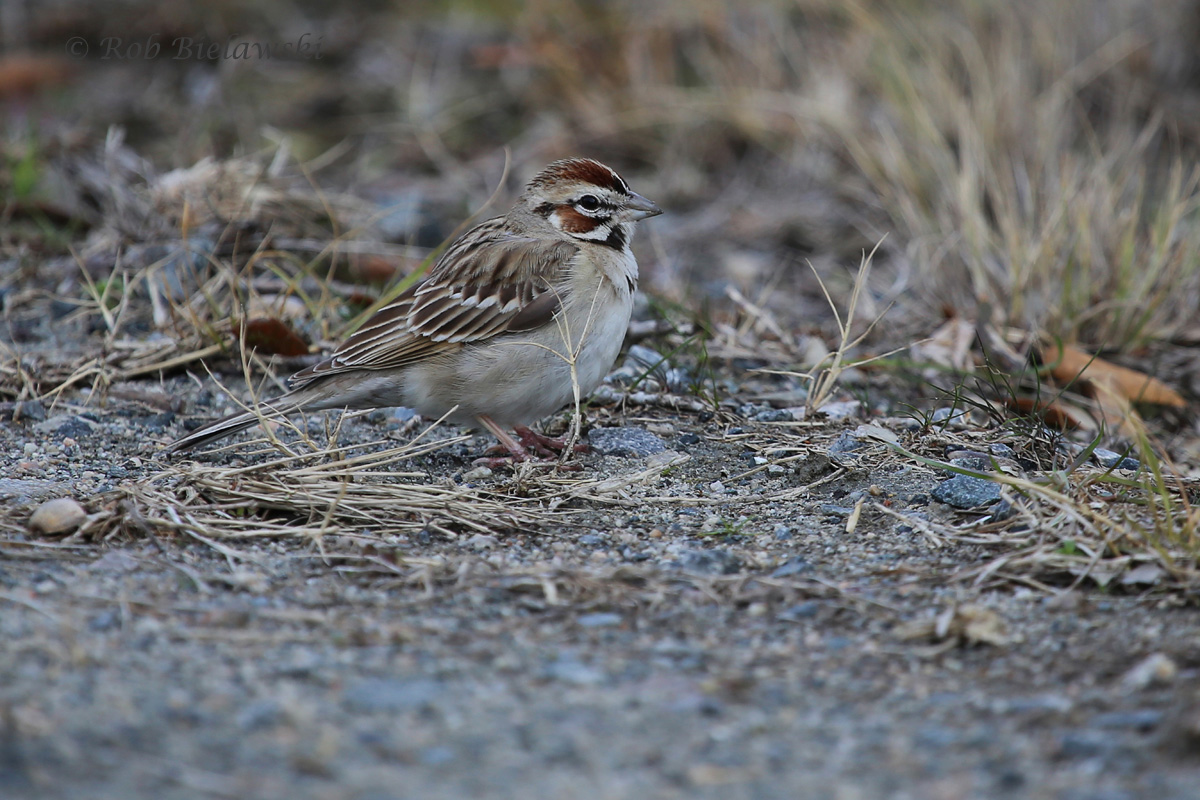

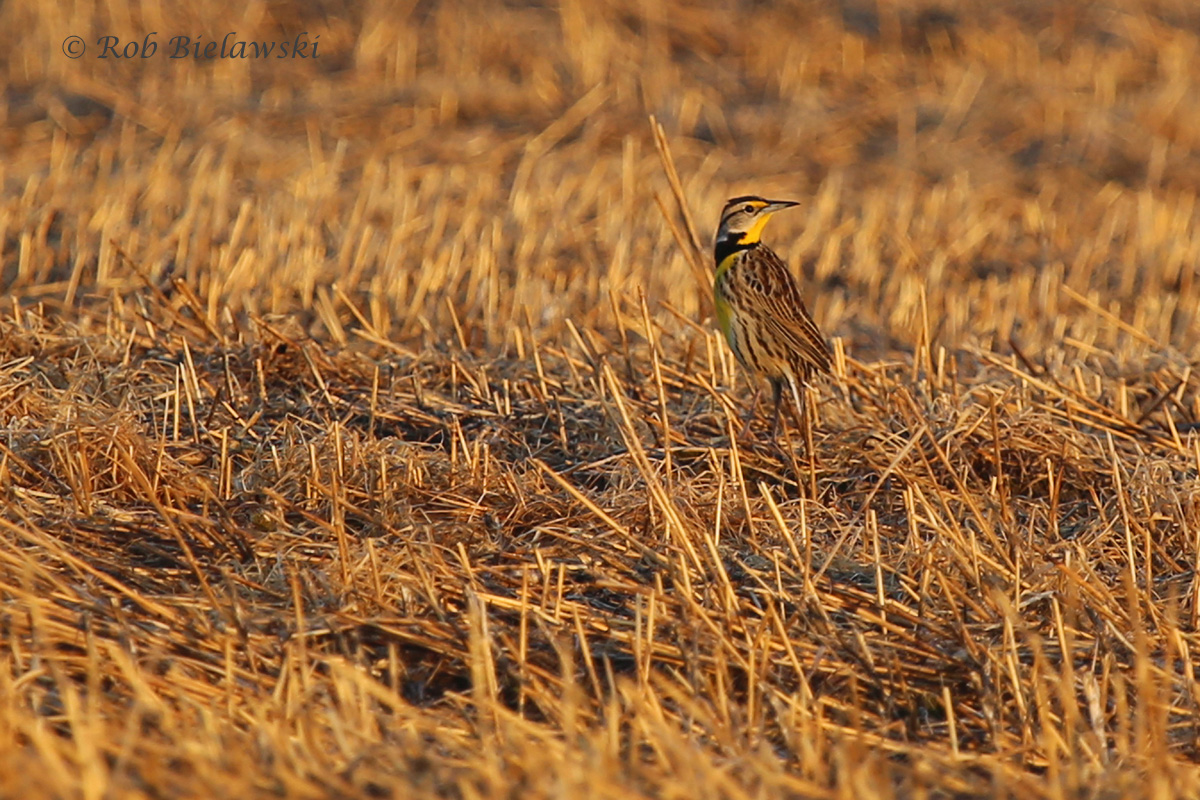
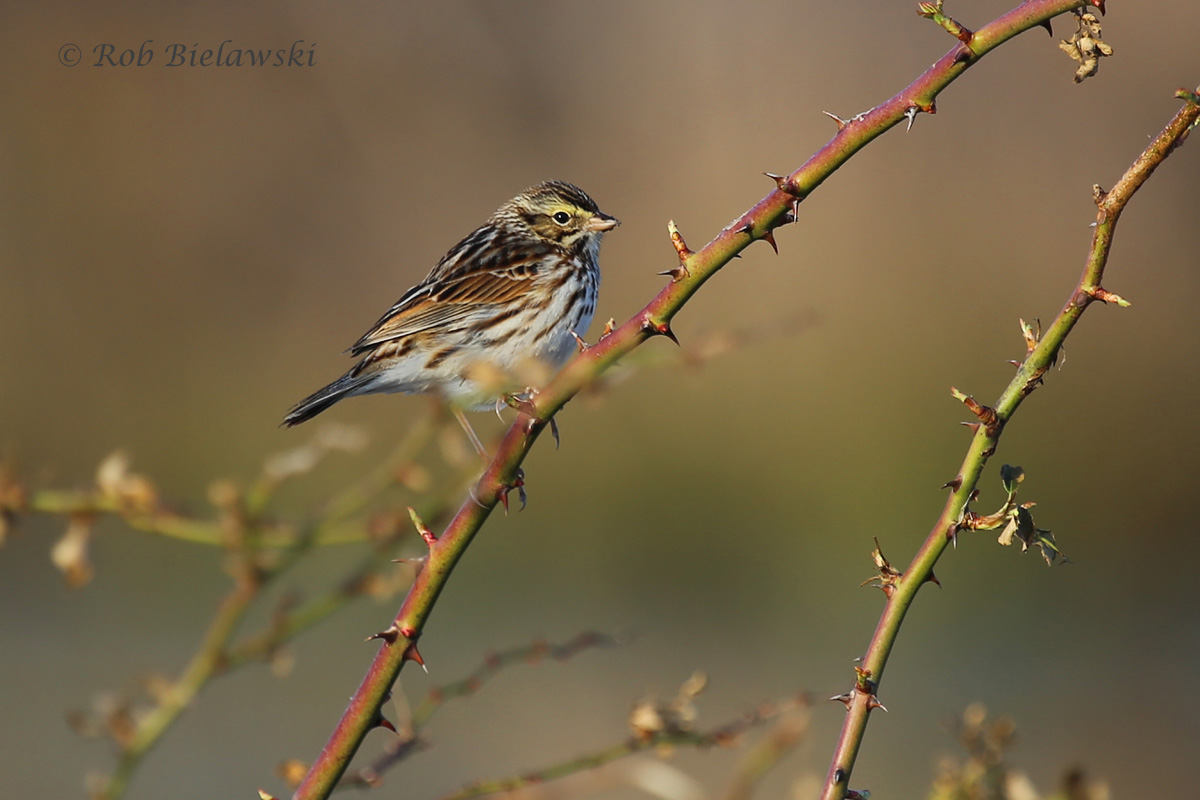
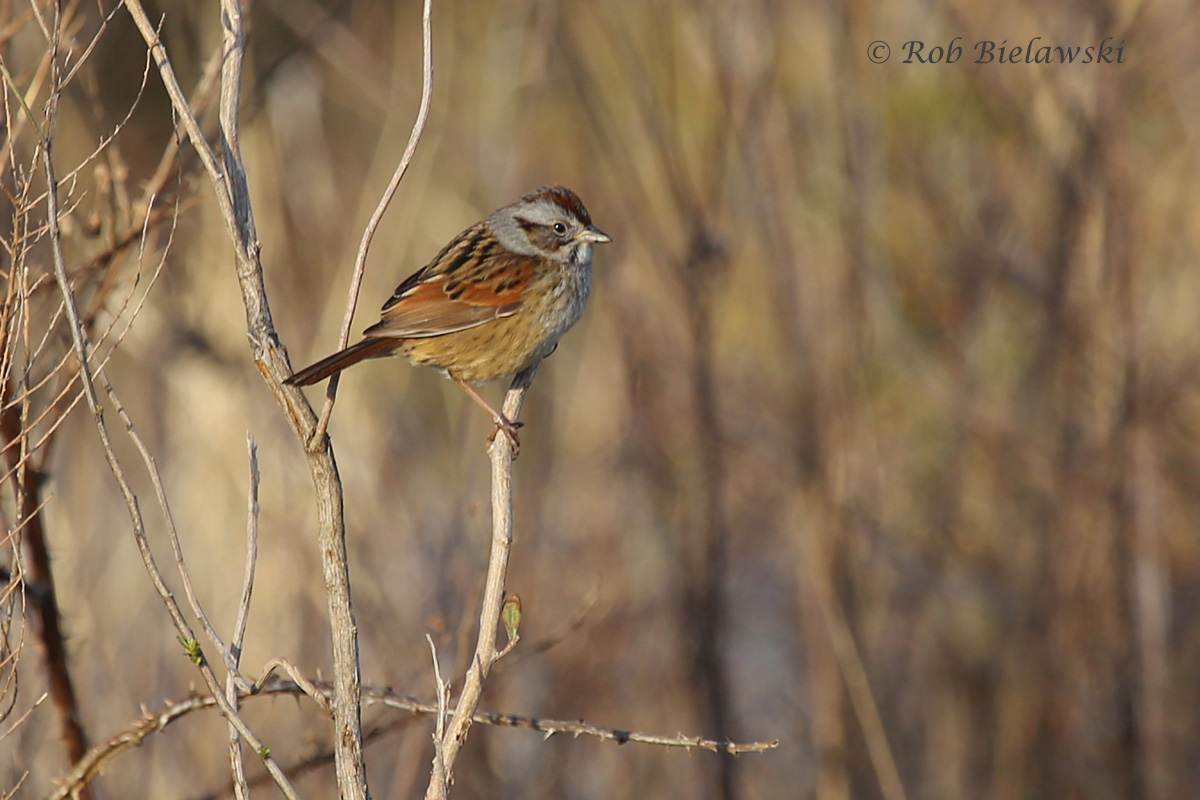
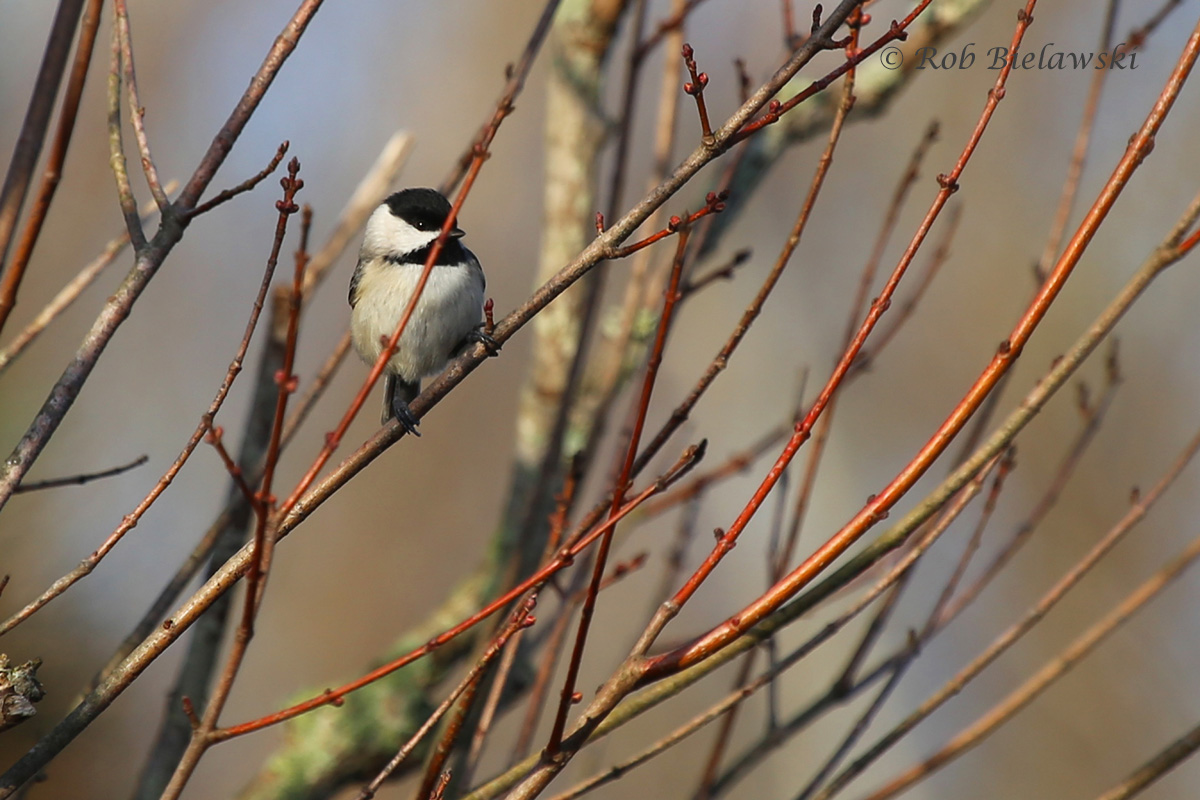
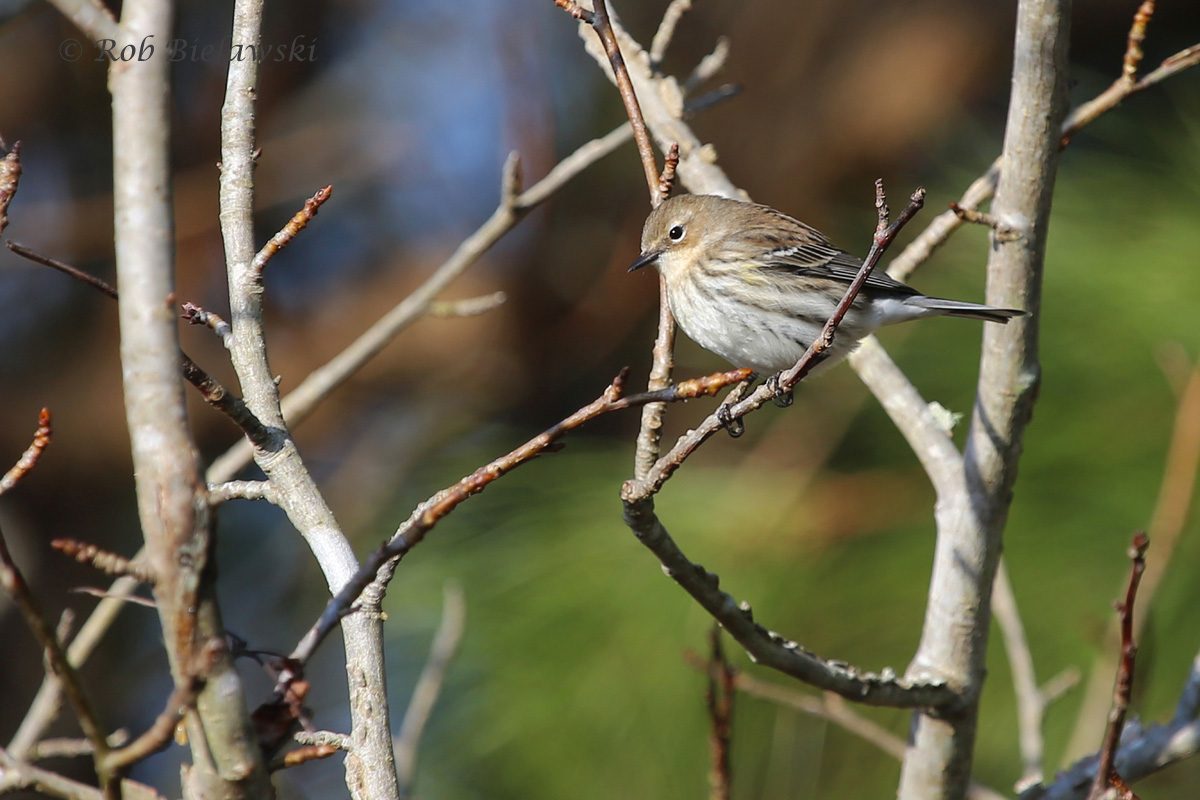
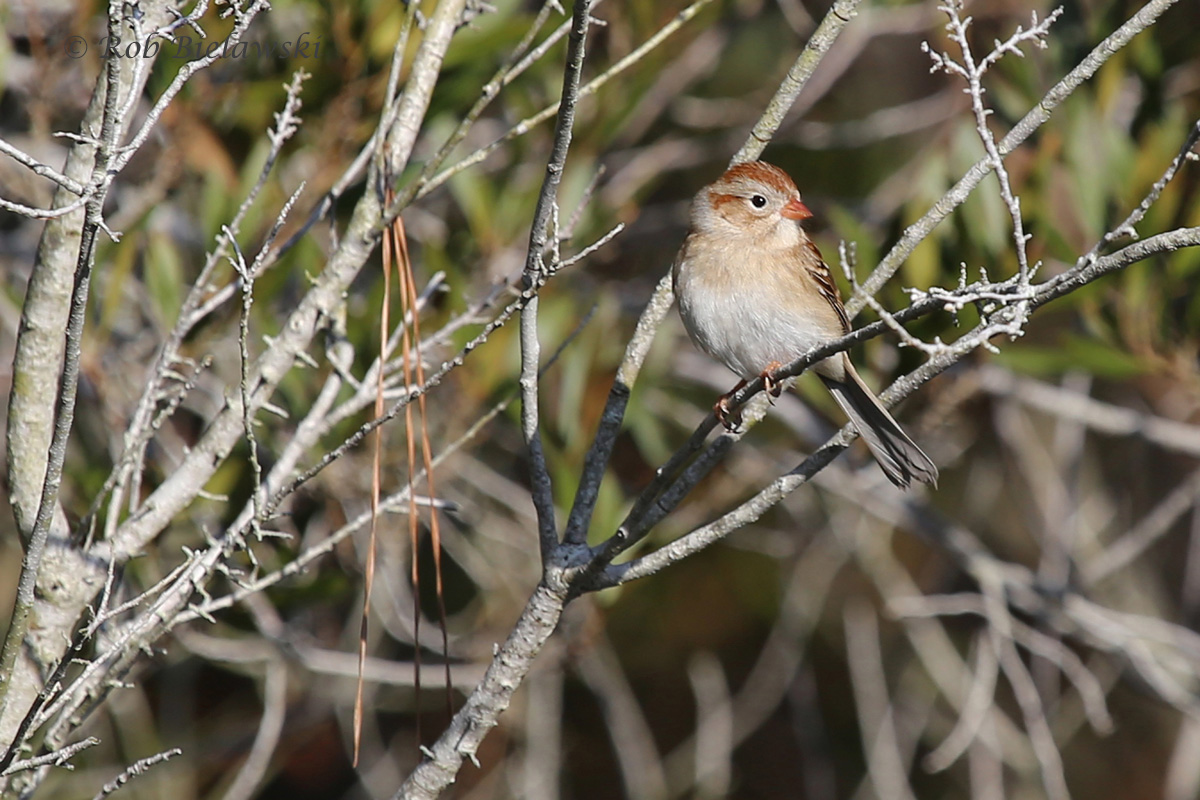
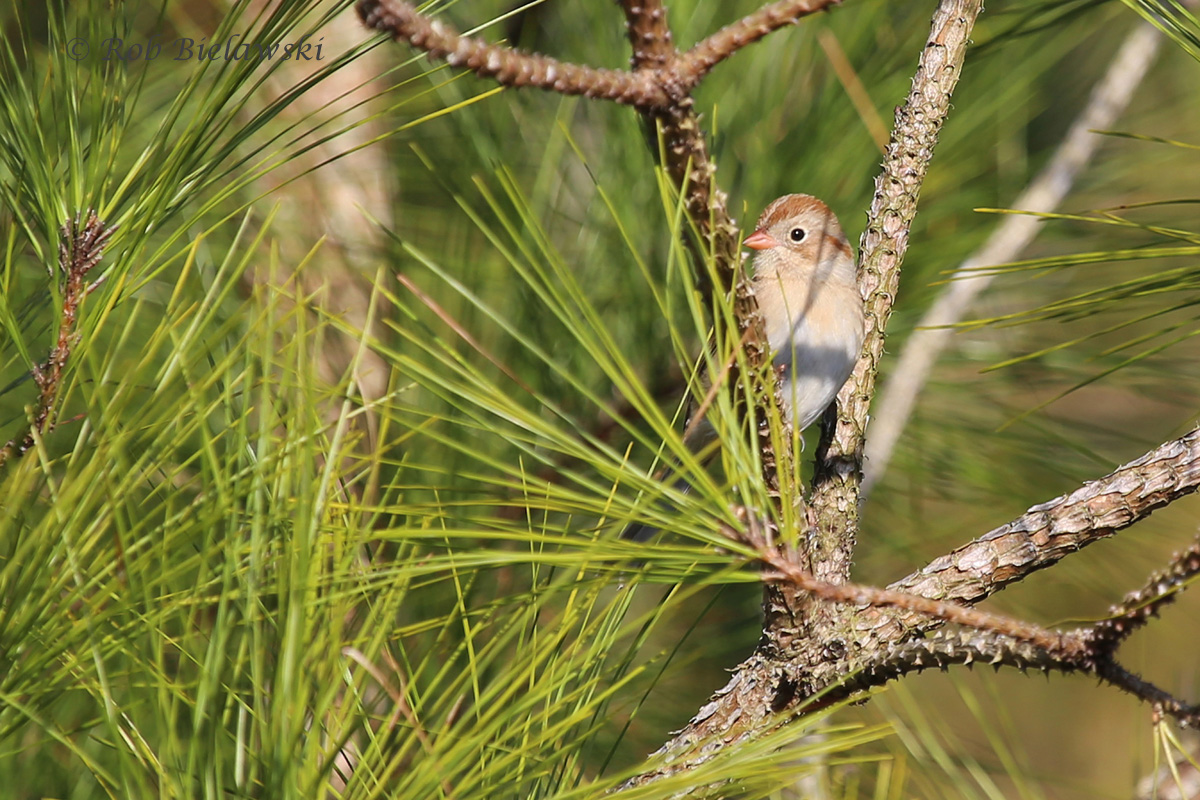
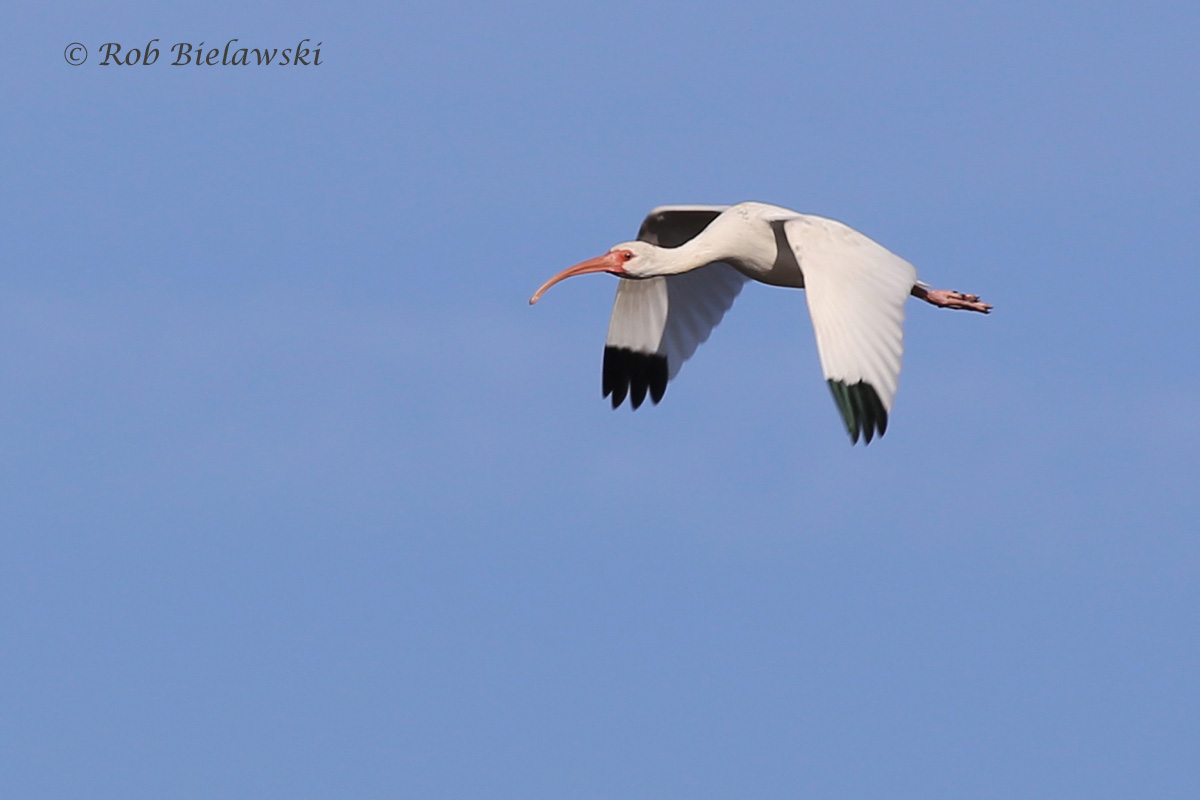
Also worth noting, the Dickcissel that was found last Sunday at Princess Anne WMA’s Whitehurst Tract (Andrew Baldelli & Tracy Tate) was not seen again this Sunday during the only open day of the week for the park. Several observers, myself included, made the attempt but no one was able to come up with this first-year individual. There was also some sightings of Razorbills this week, with one being photographed nicely by Jeff Byrd off the Little Island Pier on Saturday. Some other good birds seen around the city were Horned Grebes, White-winged Scoters, Orange-crowned Warblers and lots of Snow Geese in the air. After Monday’s snow, the weather reached 70 degrees F by Sunday, so perhaps our short-lived winter has already come to a close. We’ll see what this warmup does to the birds over the next week. More information on this week’s noteworthy observations can be found Here. Please note that I am trying out a new format on this blog due the amount of time I have available to dedicate to it. I likely will spend more time discussing the weather & general Virginia Beach birding observations (as above) than my hyper-specific, personal outing details (which probably don’t need to be broadcast online all the time). The photo above is actually a slideshow of my favorite photographs that I took during the week, just click to advance to the next one. In the past, I’ve included one photo per 4-500 words of text, but some weeks, I have more information to write, and some I have more photographs to share. So moving forward, I’ll just have the one paragraph about weather & bird observations around the city, with the photo slideshow beneath. This will allow me to still post my favorite photographs, but without having to write thousands of words to justify the # of photographs, as I’ve been doing each week. I hope this format is enjoyed by readers, it should keep things a bit cleaner, and certainly easier for me timewise!